By Kanda Yaemboonruang
Over the past 15 years, DUMBONET, an emergency communication technology introduced and continually developed by the IntERLab of AIT to support the work of rescue workers in disaster recovery missions, has been deployed in many countries. Today and going forward, ‘DUMBONET’ will not only serve its original purpose as a post-disaster tool but also will be integrated in everyday life of rural communities.
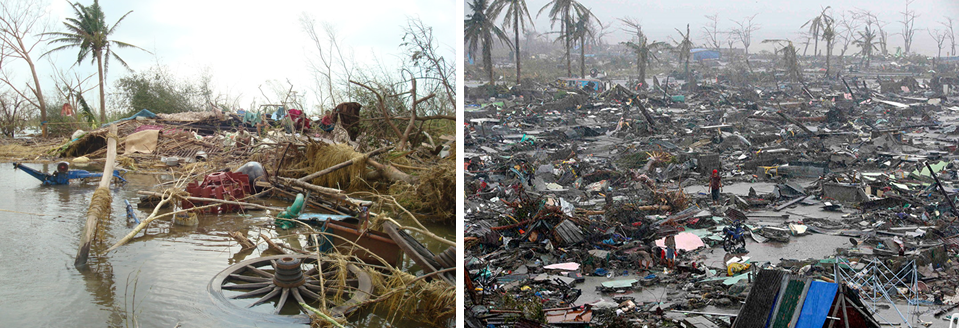
Digital Ubiquitous Mobile Broadband OLSR Network or ‘DUMBONET’ was invented in 2006 after the 2004 Indian Ocean earthquake and tsunami hit Indonesia, Sri Lanka, and Thailand. The devastating event killed scores of people and destroyed all basic infrastructure, including power supply and terrestrial telecommunication systems. Disaster recovery attempts were proven difficult. Out of this necessity, the Asian Institute of Technology’s Internet Education and Research Laboratory (IntERLab), together with French Institute for Research in Computer Science and Automation (INRIA) and Japanese WIDE Project, developed DUMBONET -- a multimedia emergency communication network.
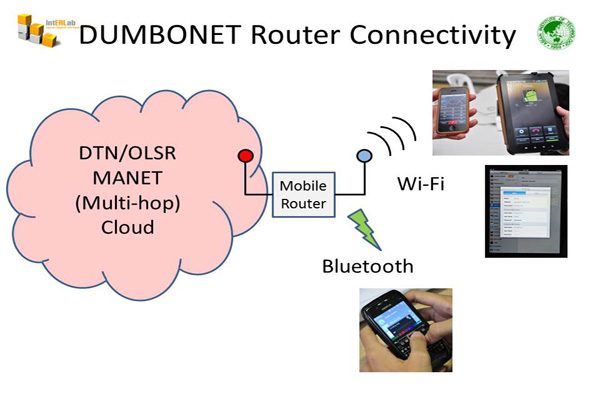
With the characteristics of ‘Mobile Ad hoc Networks’ (MANET): peer-to-peer, self-configuring and self-healing; adaptive to topology changes; multi-hop; multi-path routing and multimedia capabilities, each device within the network of DUMBONET acts as a mobile router, providing connection for information in multimedia format (picture, video, voice or text) to be transferred in the 100 - 150 meters radius of coverage. A group of these mobile routers then form a network – DUMBONET, allowing communication in a larger area where a rescue mission is taking place.
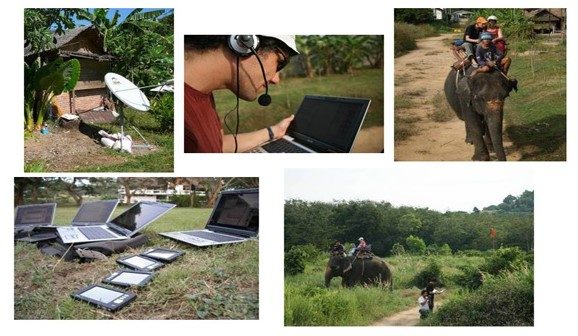
Using satellite data, the mobile routers of DUMBONET provide a connection without the need of any pre-existed terrestrial network infrastructure. It can be deployed immediately in any post-disaster emergency situations to facilitate the work of rescue workers and volunteers. Despite access being difficult due to the nature of disaster-hit areas, DUMBONET mobile routers can be deployed anywhere a person can get to, due to their small size and lightweight features.

The inventor of DUMBONET and IntERLab Research Professor, Prof. Kanchana Kanchanasut, explained the concept behind the technology, “we use wi-fi in each unit to broadcast its signal so one laptop can talk to many nearby laptops. Imagine for instance, a neighbor can talk to their neighbors. So, you can start forming a network.”
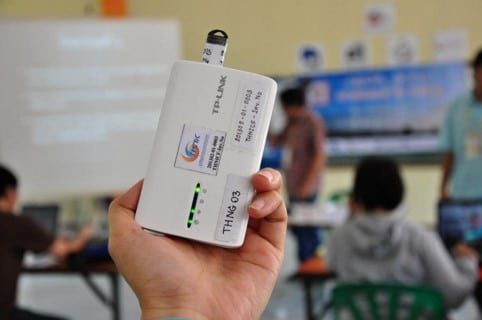
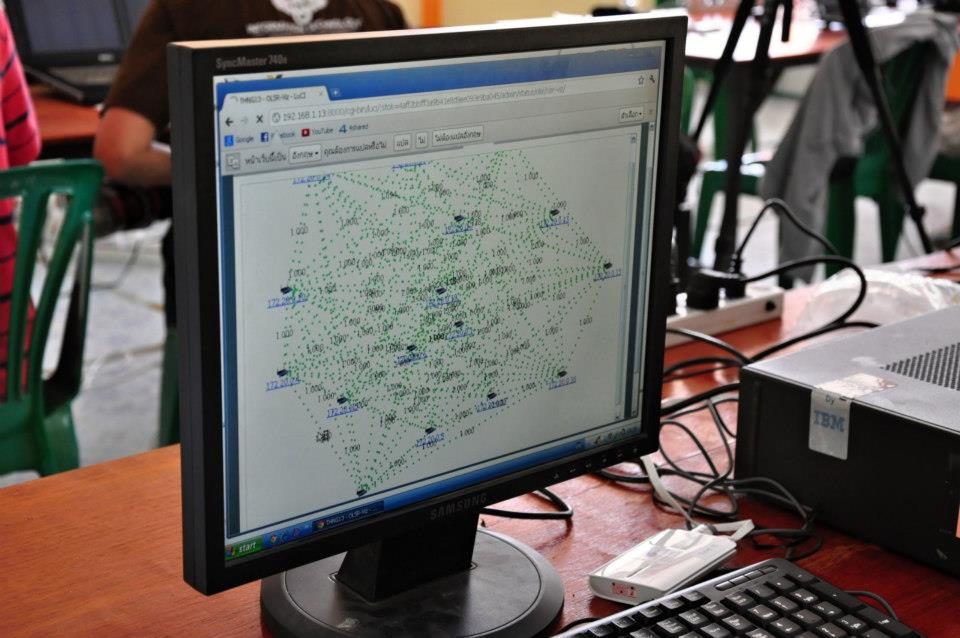
DUMBONET has already been deployed in many large-scale disaster-affected areas including the 2008 Myanmar Cyclone Nargis, and the 2015 Nepal Earthquake. Prof. Kanchana recalled, “when the cyclone hit Myanmar, we, the internet community, decided to help by bringing Myanmar engineers to AIT where we had equipment such as power generators and handheld computers prepared. We provided training for the engineers, and afterwards, they took the equipment to Myanmar for the disaster recovery mission.” Similarly, in the 2015 Nepal Earthquake, IntERLab sent DUMBONET mobile routers to facilitate local communications in the rescue camp and several hospitals. “We had our staff, researchers and students helping out with preparing equipment and developing systems suitable for each situation,” the DUMBONET pioneer added.

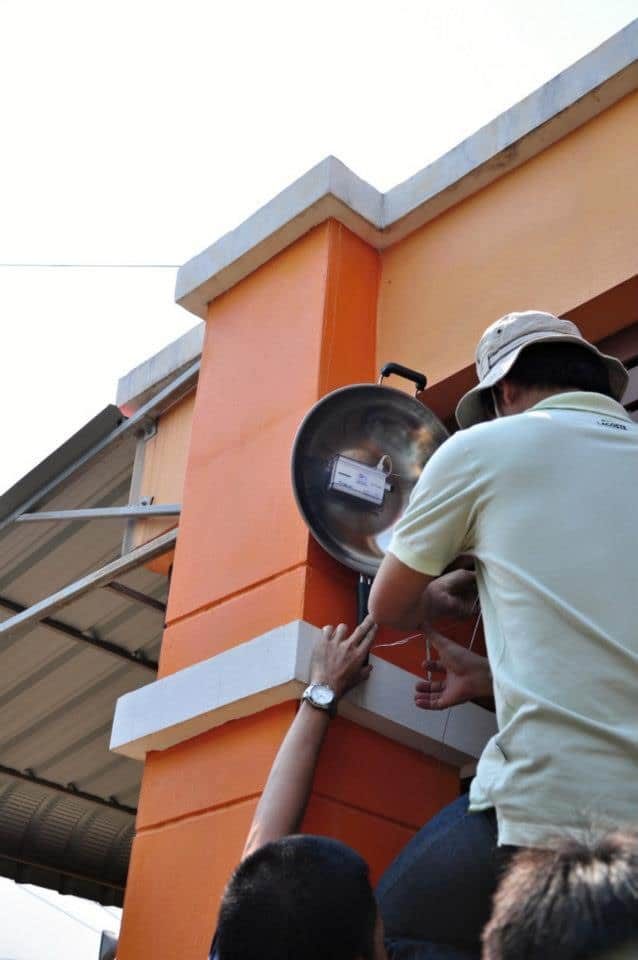
From its inception, DUMBONET is meant to be of service to the community and the research team has been constantly working to improve the system, making sure it stays up to date with the latest technologies and the needs of society. Its latest developmental milestone has seen DUMBONET going from serving rescue workers in emergency situations, to serving underprivileged people living in remote and rural communities. DUMBONET is now known in such communities as Net2Home.
The motivations behind the project are to have emergency networks ready when a disaster strikes and to orient people on how to use the emergency networks preferably through other daily activities and education. Net2Home was first launched in the Thai Samaki village in the westernmost district of Mae-Sot, Thailand, bordered by Myanmar. IntERLab team installed DUMBONET routers in the village, providing its residents with community connectivity. The Net2Home network allows individual users to join the network and share the connectivity by setting up their own relay routers in a village.
“We provide villagers with technology literacy by showing them how it works. They know how to take the router off the wall, if they need to, and use it as their local communication network. We train them through real demonstrations,” said Prof. Kanchana.

Currently, more than 35 community networks have been installed with 400 Net2Home routers being deployed for more than 1,700 active users using the network on a daily basis. The deployments have spanned out to two provinces: Tak and Suphanburi, with more deployments expected in the near future in both rural and urban areas.
IntERLab is an internet education and research laboratory focusing on maintaining excellent research facilities and staff, hosting visiting researchers and taking advantage of linkages with research laboratories worldwide. IntERLab covers a range of research foci from technical issues to business and social aspects to accommodate the emerging impact of the internet in the development context.
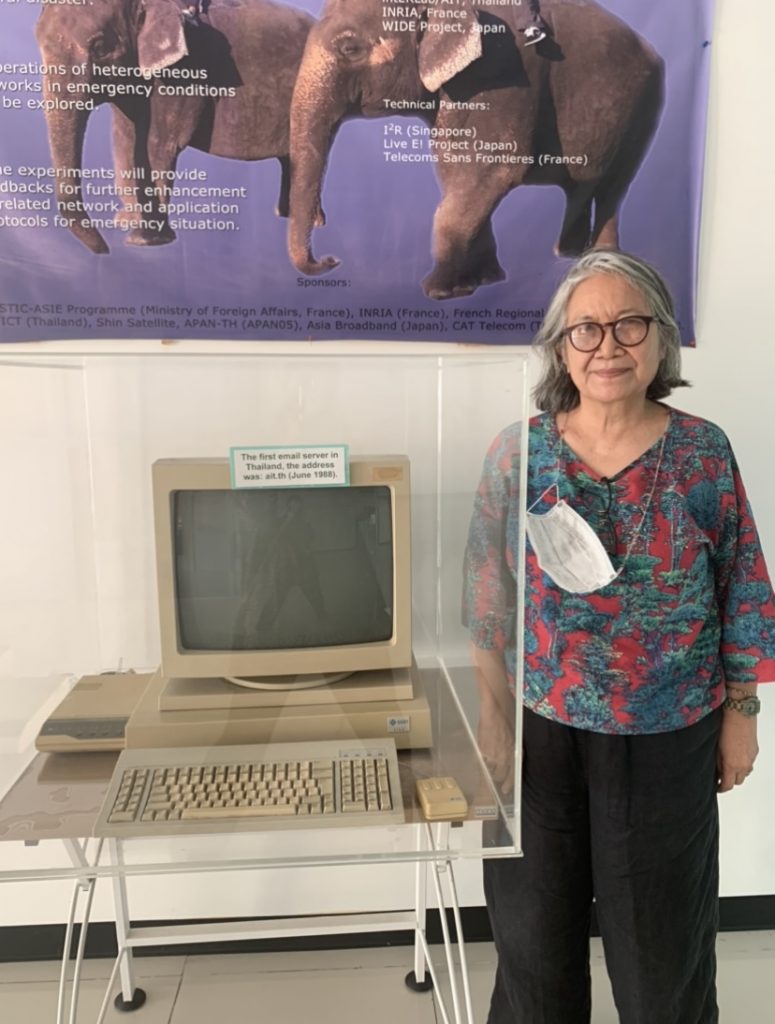
Prof. Kanchana Kanchanasut
